-
Storage Bins
-
Shelfull Bins
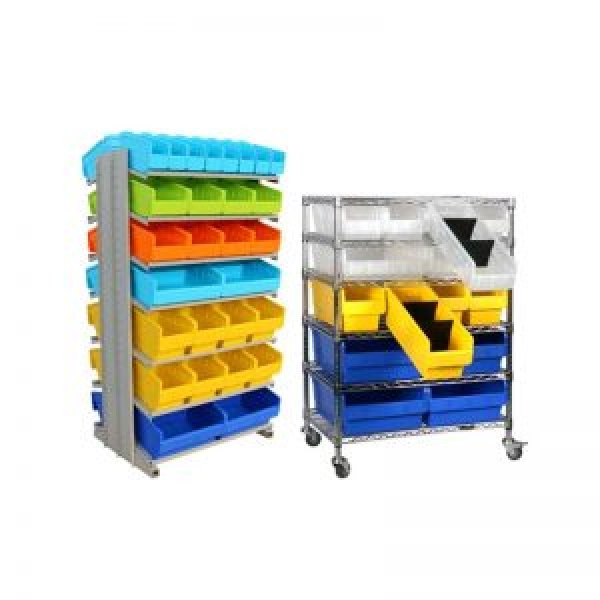 Shelfull Bins
Shelfull BinsMade of high-strength polypropylene with reinforced bases, sides and rims.
Available in 38 sizes to store a wide range of different items.
Each bin could hold up to a maximum of 8 SKUs
Width and length dividers keeps items neatly separated
Work with shelving system for optimal storage capacity. -
Shelf Bins
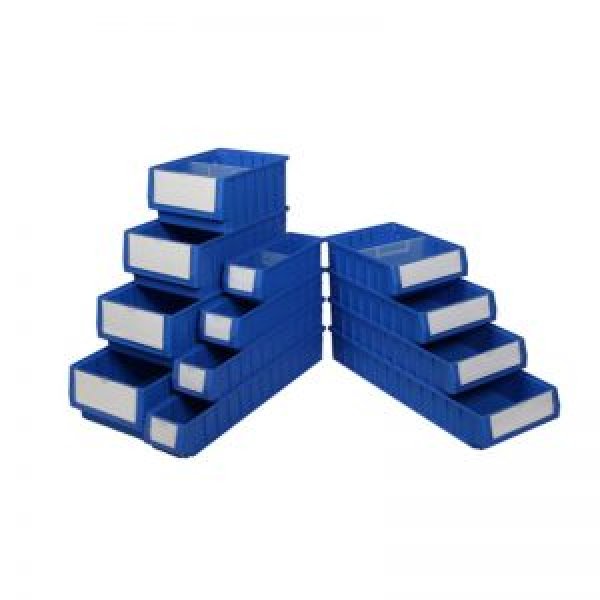 Shelf Bins
Shelf BinsMade of high-strength polypropylene and easy to clean
Perfert to store small parts and components in any industry
Stackable on each other and works with wire shelving, racking
Integral label holder design for easy identification
Available in 12 sizes to store a wide range of different items -
Stack-N-Hang Bins
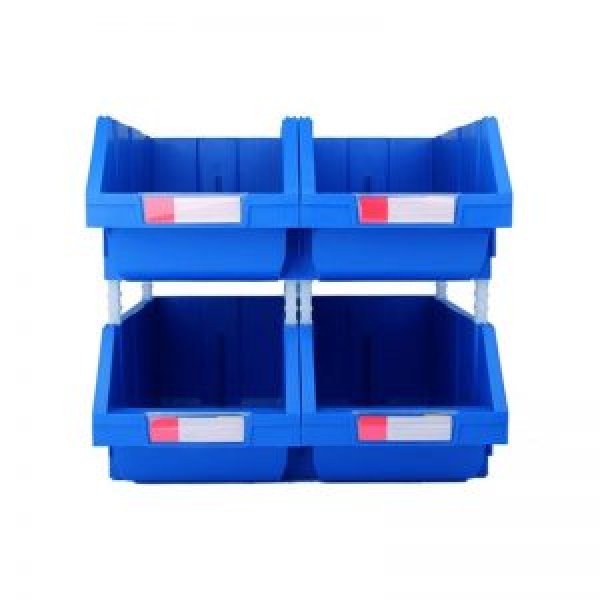 Stack-N-Hang Bins
Stack-N-Hang BinsMade of high-strength polypropylene with reinforced structure
Bins can be interlocked side by side
Stackable with riser rods or hangable on the louvered panel
Compatible with wire shelving and racking system
Available in 11 sizes and 3 colors: blue, red and yellow -
Stack-N-Nest Bins
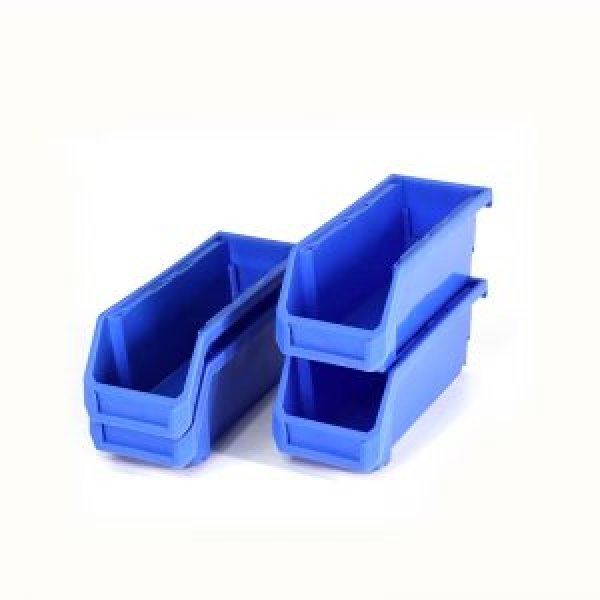 Stack-N-Nest Bins
Stack-N-Nest BinsMade of high-strength polypropylene with reinforced structure
Stackable on each other or hangable on the louvered panel
Nestable in each other to save space during transportation
Available in 6 sizes and 3 colors: blue, red and yellow -
Hanging Bins
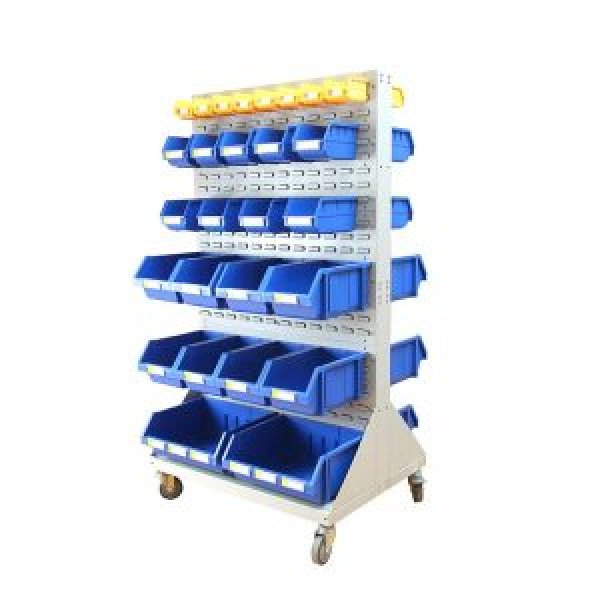 Hanging Bins
Hanging BinsMade of high-strength polypropylene with reinforced structure
Multiple bins nest nicely to conserve space
Built-in rear groove allows bin to hang on louvered panel
Compatible with louvered panel and tool cabinet
Available in 5 sizes and 3 colors: blue, red and yellow -
Customized Bins
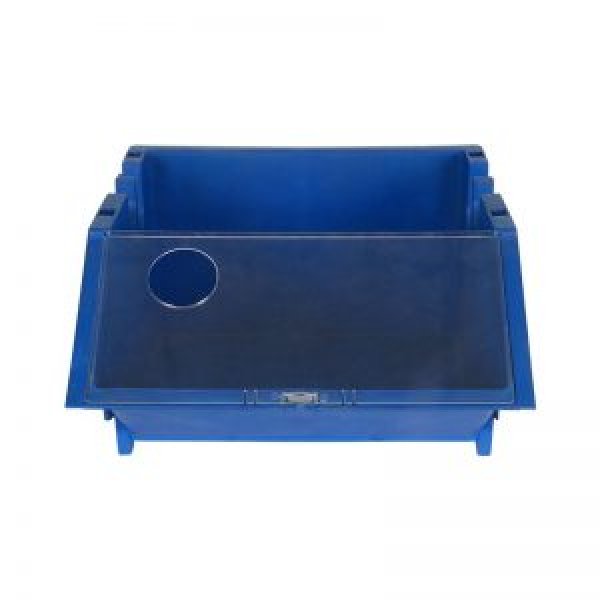 Customized Bins
Customized Bins
-
Shelfull Bins
-
Plastic Containers
-
Nesting Containers
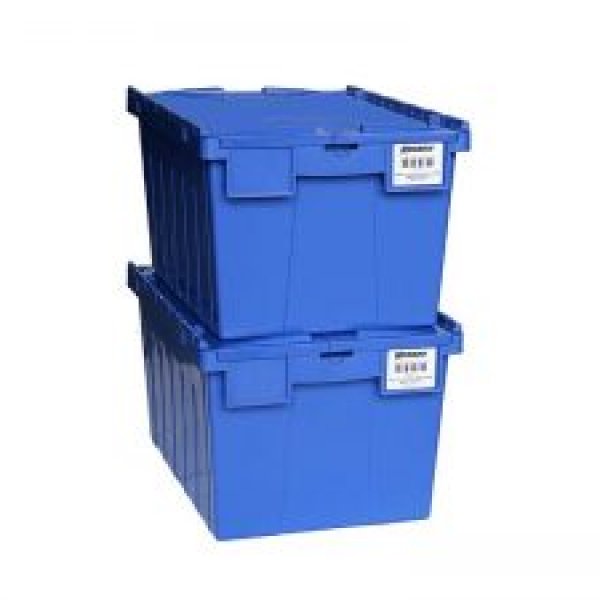 Nesting Containers
Nesting ContainersContainer are nestable to save space when empty
Comfortable handling design for easy lifting
Moving easily with dolly
Use with temperature of -25℃ to 40℃
100% recyclable. -
Stack-N-Nest Containers
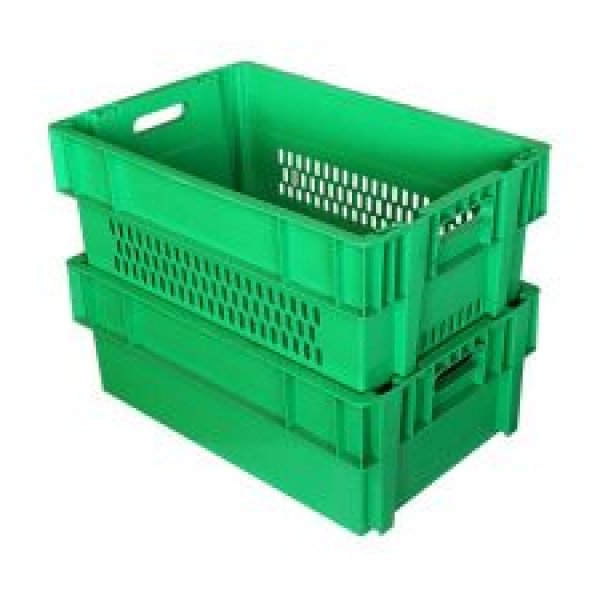 Stack-N-Nest Containers
Stack-N-Nest ContainersMade of high-strength polypropylene with reinforced base
Stackable with or without lids for convenient storage and shipping
Nestable to save space when empty
Comfortable handling design for easy lifting
Smooth surfaces are easy to clean
Use with temperature of -25℃ to 40℃ -
Folding Container
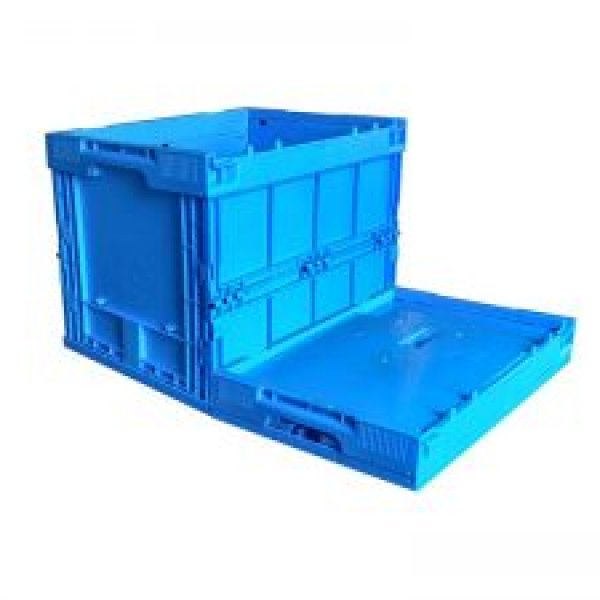 Folding Container
Folding ContainerMade of high-strength polypropylene with reinforced bases, sides and rims
Straight wall to provide efficient internal space
Comfortable handling design for easy lifting
Solid-wall container with smooth inner wall for easy cleaning
Mixed contaier could stack on each other
Use with temperature of -25℃ to 40℃ -
Folding Mesh Containers
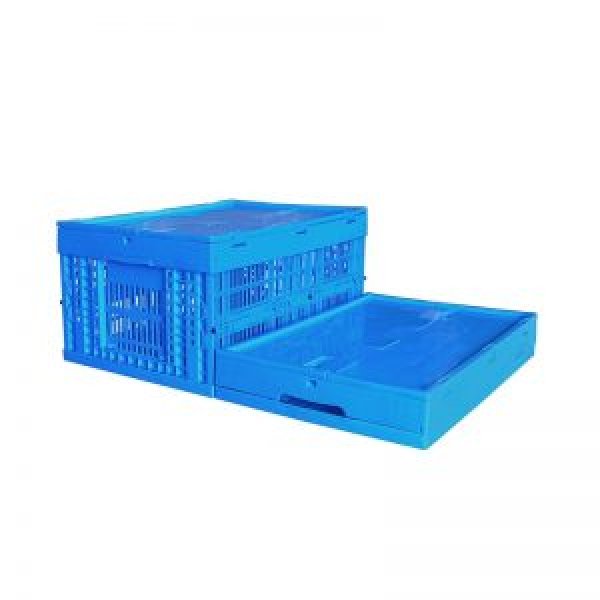 Folding Mesh Containers
Folding Mesh ContainersMade of high-strength polypropylene
Collapsible and foldable design helps to save up to 75% space
Comfortable handling design for easy lifting
Strong yet easy folding
Use with temperature of -25℃ to 40 ℃ -
Stacking Containers
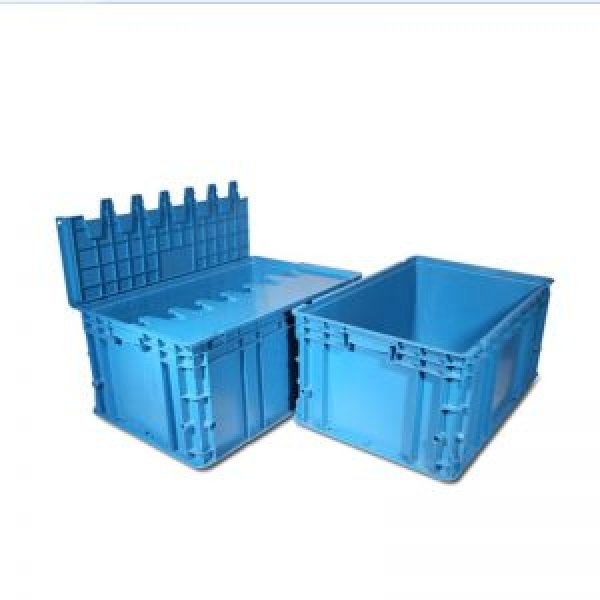 Stacking Containers
Stacking ContainersMade of high-strength polypropylene with reinforced bases, sides and rims
Straight wall to provide efficient internal space
Comfortable handling design for easy lifting
Solid-wall container with smooth inner wall for easy cleaning
Mixed contaier could stack on each other
Use with temperature of -25℃ to 40℃
-
Nesting Containers
-
Metal Hanging Racks
-
Wall Mounted Louvered Panels
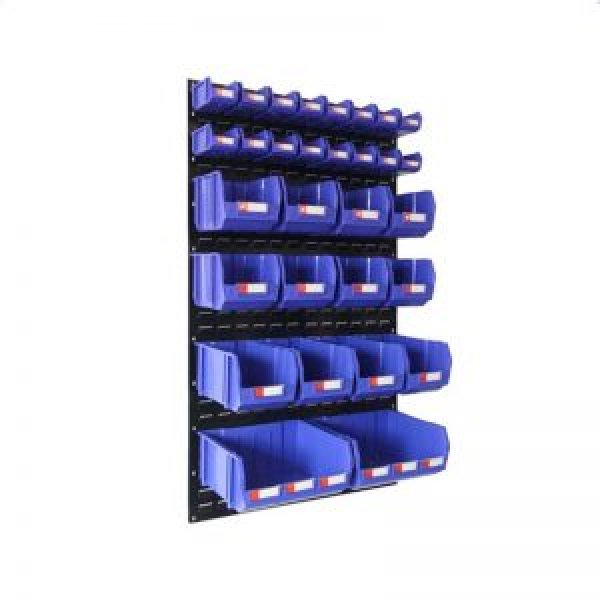 Wall Mounted Louvered Panels
Wall Mounted Louvered PanelsManufactured from heavy-duty 16-gauge, cold-rolled steel
Various sizes with hang picking bins to organize parts and increase efficiency
Can be mounted on the wall, benches and cabinet
Available to be placed on the floor with the stand -
Louvered Bench Rack
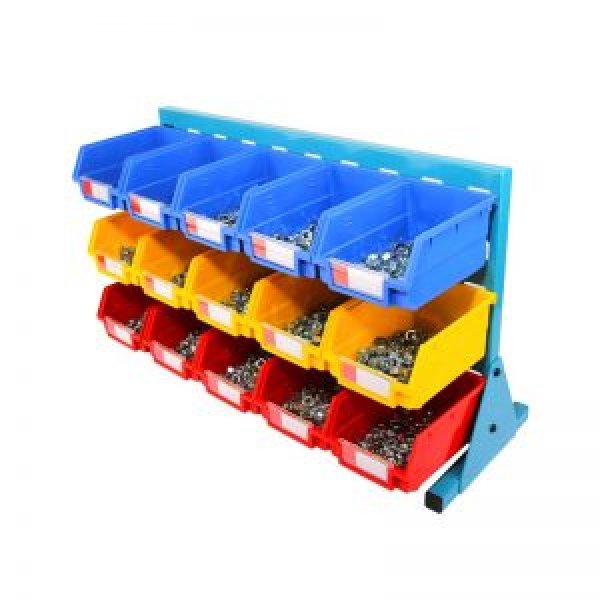 Louvered Bench Rack
Louvered Bench RackManufactured from heavy-duty 16-gauge, cold-rolled steel
Various sizes with hang picking bins to organize parts and increase efficiency
Can be mounted on the wall, benches and cabinet
Available to be placed on the floor with the base
Available to move with castors -
Louvered Panel Floor Stand
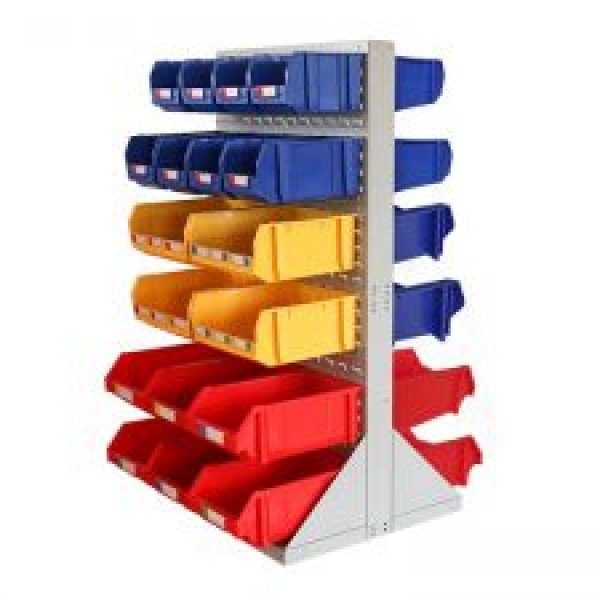 Louvered Panel Floor Stand
Louvered Panel Floor StandLouvered panels securely support hanging storage bins
Allow for fast, easy organization and parts retrieval
Wall-mounted units keep items out of the way, off the floor and off the work table
Can be placed near work areas to improve productivity
Heavy-duty steel for strength and durability
Durable powder-coated finish -
Rail Racks
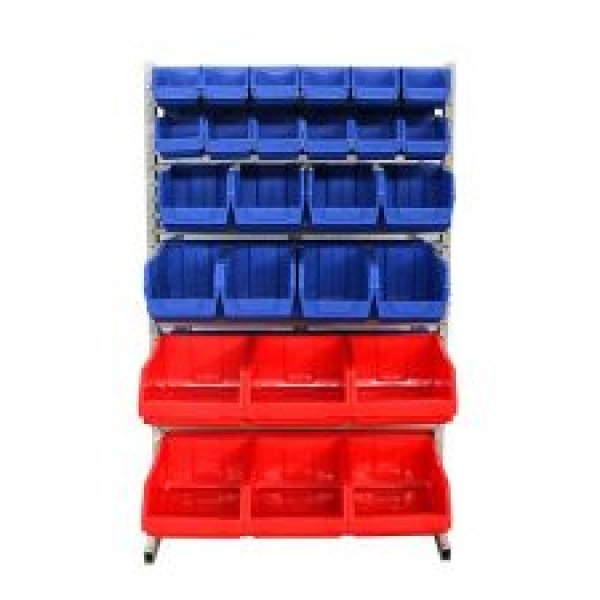 Rail Racks
Rail RacksCompatible with hanging bins to organize parts
Allow for fast, easy organization and parts retrieval
Hanging rail is ideal for supply rooms and workstations
Heavy-duty steel for strength and durability
Durable powder-coated finish -
Pick Racks
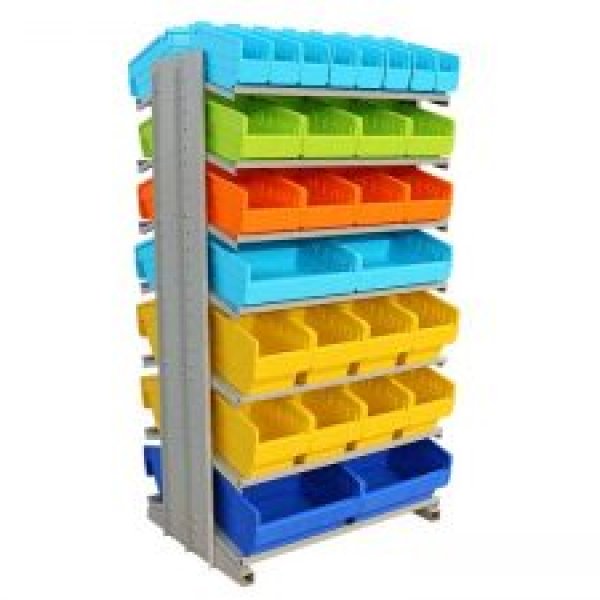 Pick Racks
Pick RacksCompatible with shelf bins to organize parts
Improve workspace organization and efficiency
Adjust up and down with the unit allowance of 50 mm
Reasonable structure and high bearing capacity
Durable, powder-coated finish
-
Wall Mounted Louvered Panels
-
Bin Shelf & Cabinets
-
Wire Shelving With Shelfull Bins
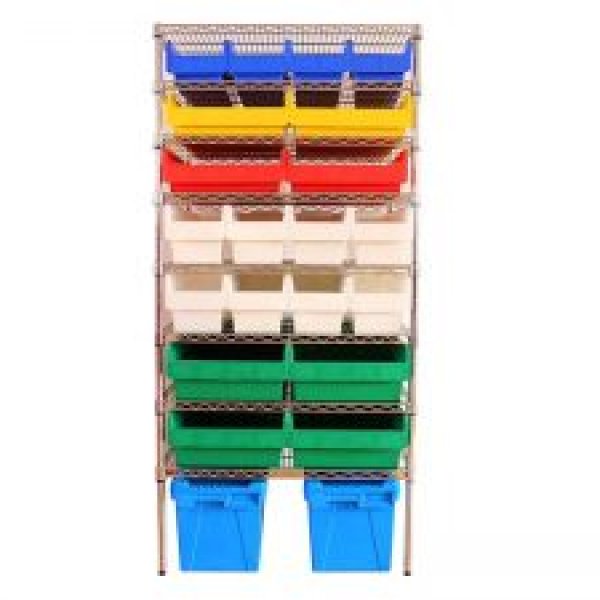 Wire Shelving With Shelfull Bins
Wire Shelving With Shelfull BinsChrome shelves with corrosion resistant & 130kg capacity per shelf
Compatible with shelfull bin to organize parts and increase efficiency
A wide open hopper front for easy picking
Adjustable shelves for your needs
Easy installation -
Wire Shelving With Shelf Bins
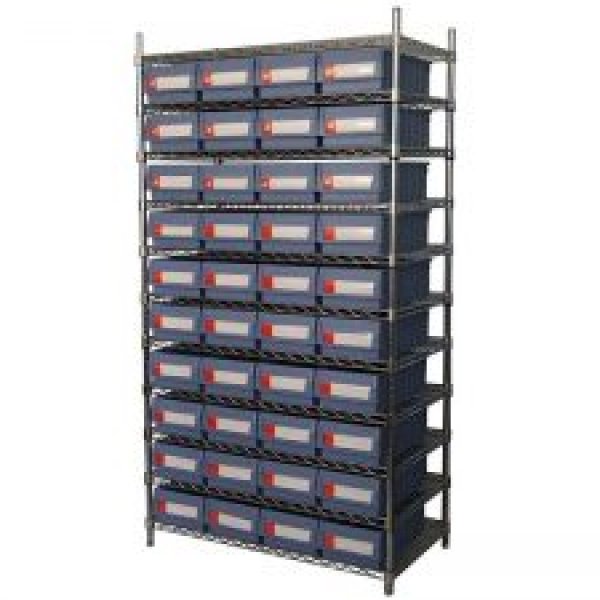 Wire Shelving With Shelf Bins
Wire Shelving With Shelf BinsChrome shelves with corrosion resistant & 130kg capacity per shelf
Good appearance to make your worksite clean
Compatible with shelf bins to organize parts and increase efficiency
Adjustable shelves for your needs
Easy installation -
Wire Shelving With Storage Bins
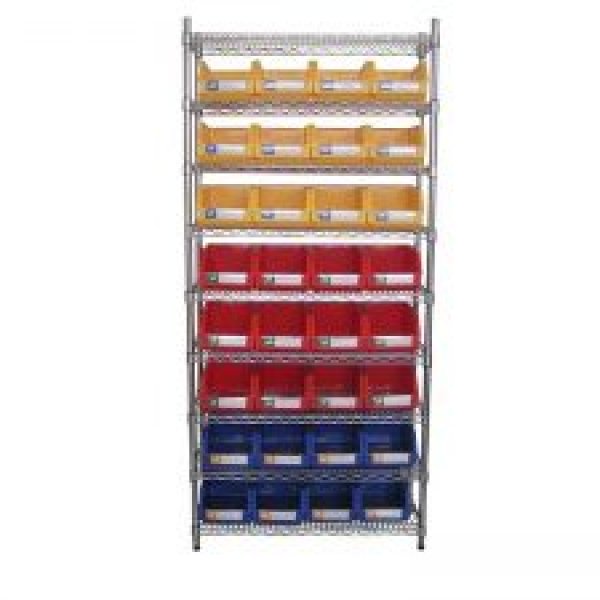 Wire Shelving With Storage Bins
Wire Shelving With Storage BinsChrome shelves with corrosion resistant & 130kg capacity per shelf
Compatible with storage bins to organize parts and increase efficiency
A wide open hopper front for easy picking
Adjustable shelves for your needs
Easy installation -
Wire Shelving Trolley With Shelfull Bins
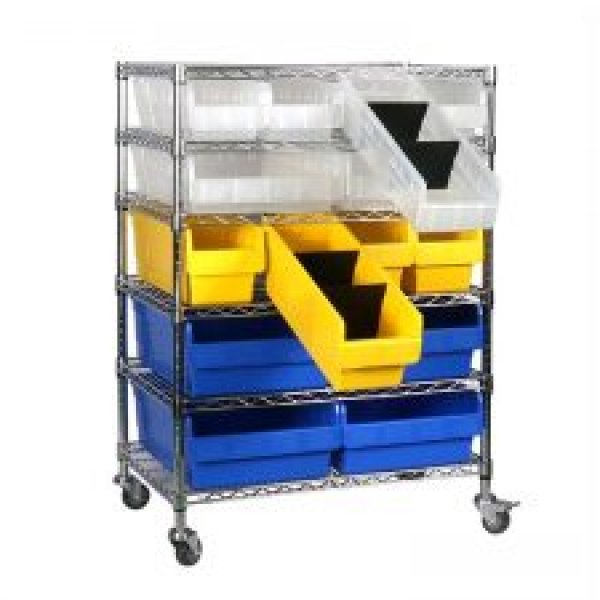 Wire Shelving Trolley With Shelfull Bins
Wire Shelving Trolley With Shelfull BinsChrome shelves with corrosion resistant & 130kg capacity per shelf
Compatible with shelfull bins to organize parts and increase efficiency
A wide open hopper front for easy picking
Adjustable shelves for your needs
Easy moving with castors
Easy installation -
Wire Shelving Trolley With Shelf Bins
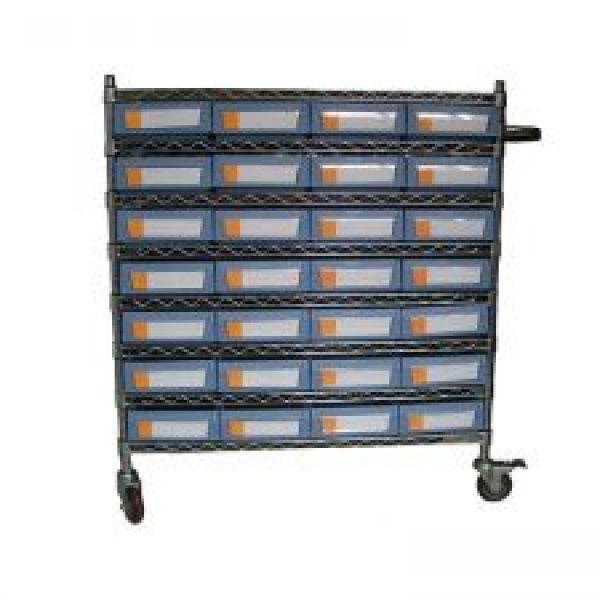 Wire Shelving Trolley With Shelf Bins
Wire Shelving Trolley With Shelf BinsChrome shelves with corrosion resistant & 130kg capacity per shelf
Good appearance to make your worksite clean
Compatible with shelf bins to organize parts and increase efficiency
Adjustable shelves for your needs
Easy moving with castors
Easy installation -
Wire Shelving Trolley With Storage Bins
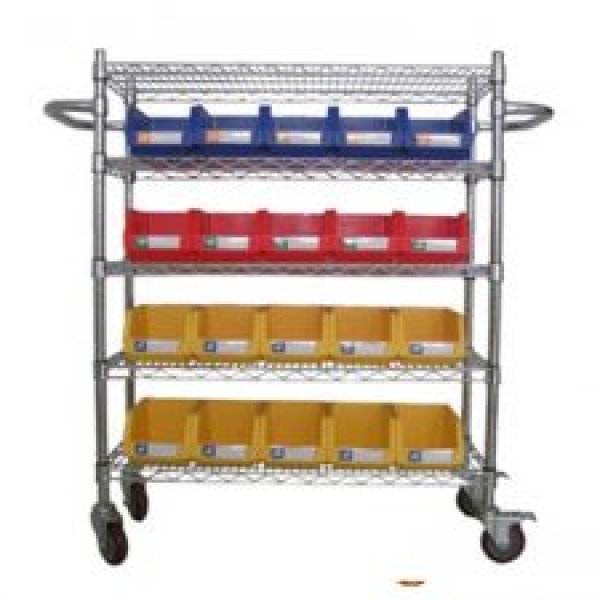 Wire Shelving Trolley With Storage Bins
Wire Shelving Trolley With Storage BinsChrome shelves with corrosion resistant & 130kg capacity per shelf
Good appearance to make your worksite clean
Compatible with shelf bins to organize parts and increase efficiency
Adjustable shelves for your needs
Easy moving with castors
Easy installation -
Steel Shelving With Shelfull Bins
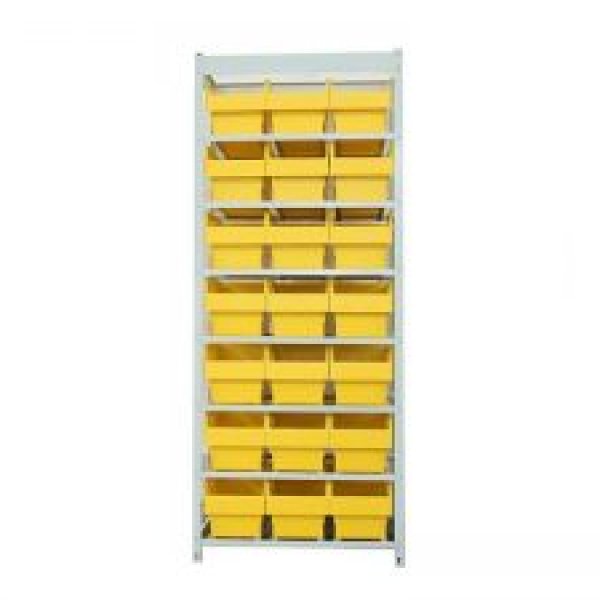 Steel Shelving With Shelfull Bins
Steel Shelving With Shelfull Bins1.Light -duty shelving rack—-work perfectly with shelfull bins
2.Built-in rear hanglock enable bins to hanging on the rack when pulling out, avoid suddenly fall.
3.Anti-shedding design for rack—each shelf layer has a small bending angle in the back to prevent box from slipping
4.Convenient plug-in layer design.
5.Removable when packaging, easy installation, no screws -
Cabinet With Shelfull Bins
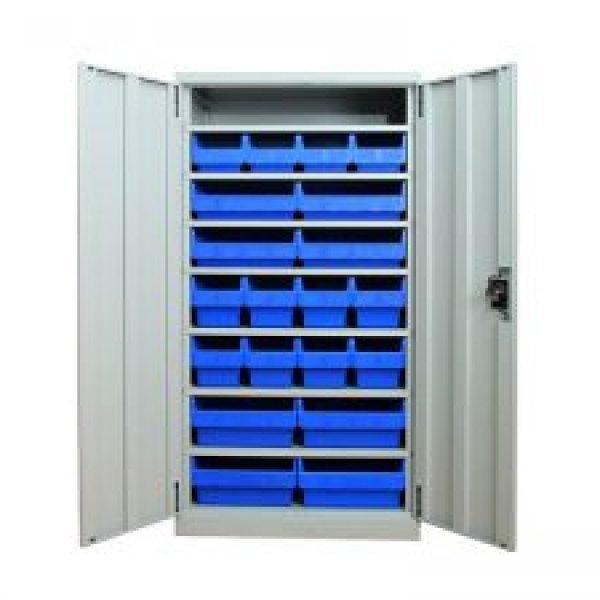 Cabinet With Shelfull Bins
Cabinet With Shelfull Bins1.Manufactured from high-grade steel with corrosion resistant &150kg capacity per shelf.
2.Compatible with shelf bins to organize parts and increase efficiency.
3.Adjustable shelves for your needs.
4.Heavy-duty steel for strength and durability.
5.Easy installation. -
Cabinet With Shelf Bins
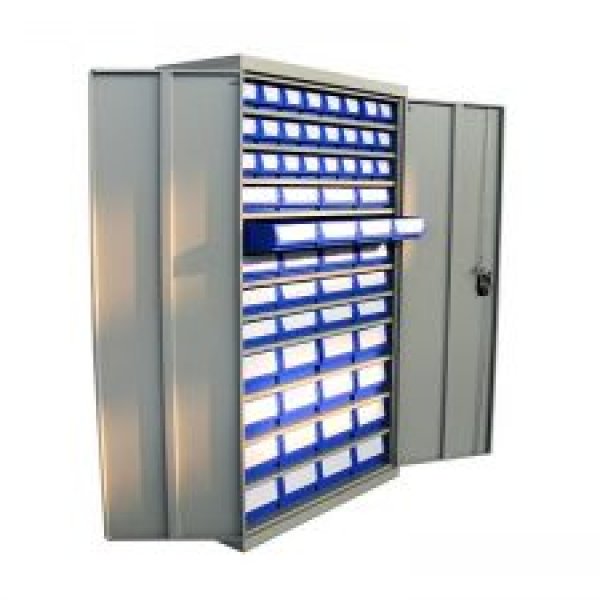 Cabinet With Shelf Bins
Cabinet With Shelf Bins1.Manufactured from high-grade steel with corrosion resistant &150kg capacity per shelf.
2.Compatible with shelf bins to organize parts and increase efficiency.
3.Adjustable shelves for your needs.
4.Heavy-duty steel for strength and durability.
5.Easy installation.
-
Wire Shelving With Shelfull Bins
-
Pallets
-
Rackable pallets
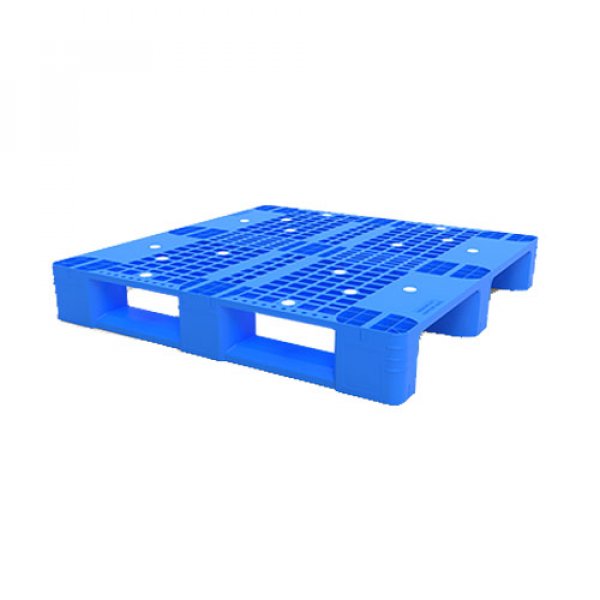 Rackable pallets
Rackable palletsMade of high-density polyethylene for long life,virgin material for dimensional stability in temperatures ranging from -22°F to +104°F.
We offer standard size 1090×1090×205mm pallet.5 gallon bottles fit up to 16 bottles on a pallet.
The technical properties can be guaranteed under these conditions if handled appropriately. Can be stacked 3 high.
Special partition design prevent bottles from touching each other, more secure when shipping.
Four-way entry offers convenient all side entrance, 4-way by pallet truck and 4-way by a fork truck.
-
Stackable Pallets
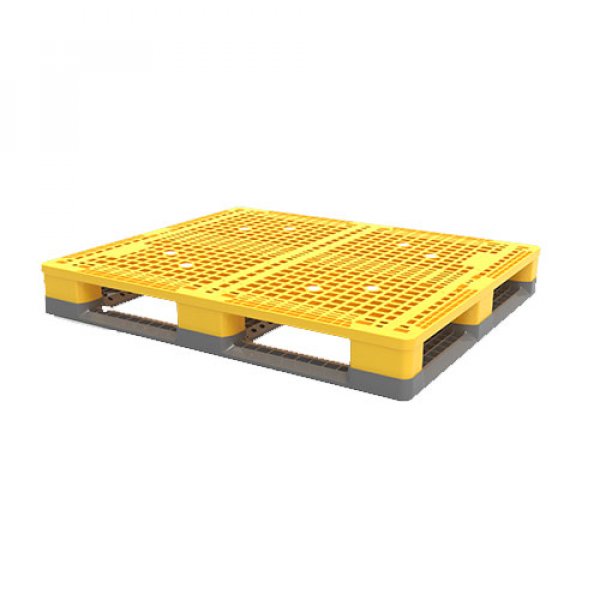 Stackable Pallets
Stackable Pallets -
Water bottle pallet
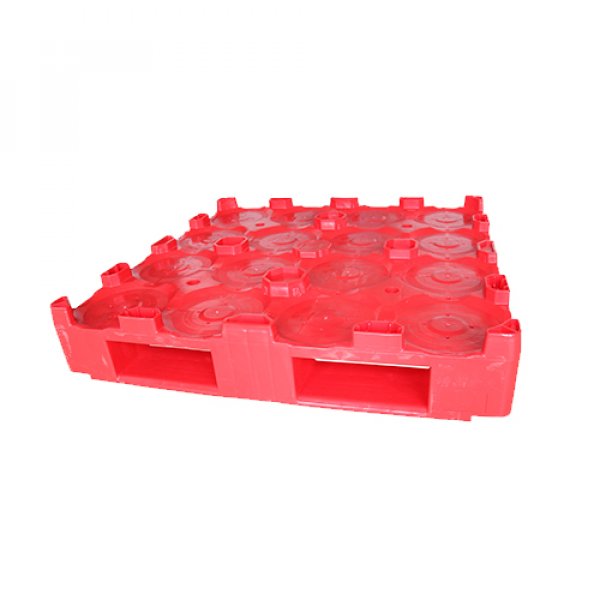 Water bottle pallet
Water bottle palletMade of high-density polyethylene for long life,virgin material for dimensional stability in temperatures ranging from -22°F to +104°F.
We offer standard size 1090×1090×205mm pallet.5 gallon bottles fit up to 16 bottles on a pallet.
The technical properties can be guaranteed under these conditions if handled appropriately. Can be stacked 3 high.
Special partition design prevent bottles from touching each other, more secure when shipping.
Four-way entry offers convenient all side entrance, 4-way by pallet truck and 4-way by a fork truck.
-
Rackable pallets
-
Carts & Dollies
-
Noiseless Hand Carts
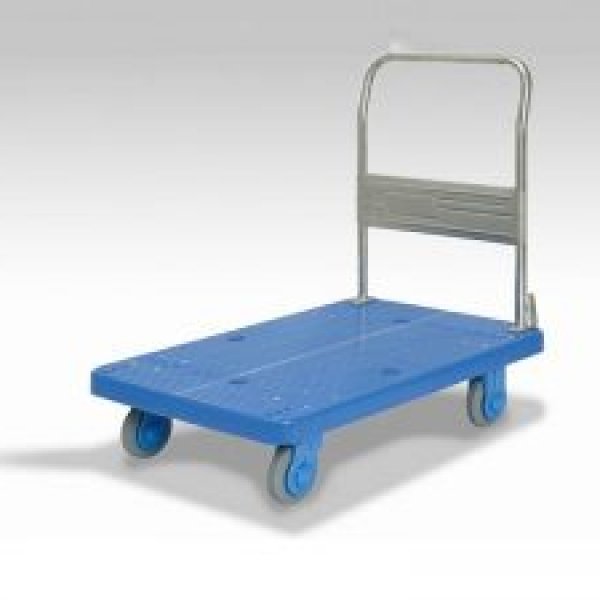 Noiseless Hand Carts
Noiseless Hand CartsPlatform is made of light-weight, high-density structural form
Two fixed, two swivel noiseless casters for easy movement of cart
Strong, light, with high load capacity
Improve productive in a wide range of distribution and work-in-process applications
The handle is foldable.
Available in various sizes & types -
Dollies
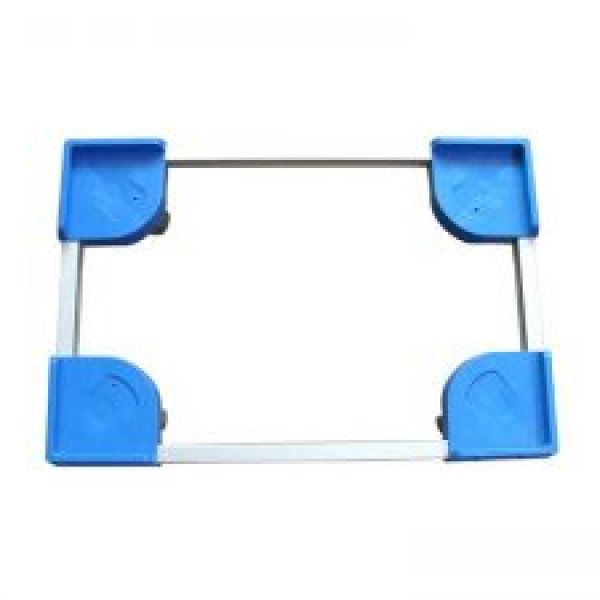 Dollies
Dollies
-
Noiseless Hand Carts

